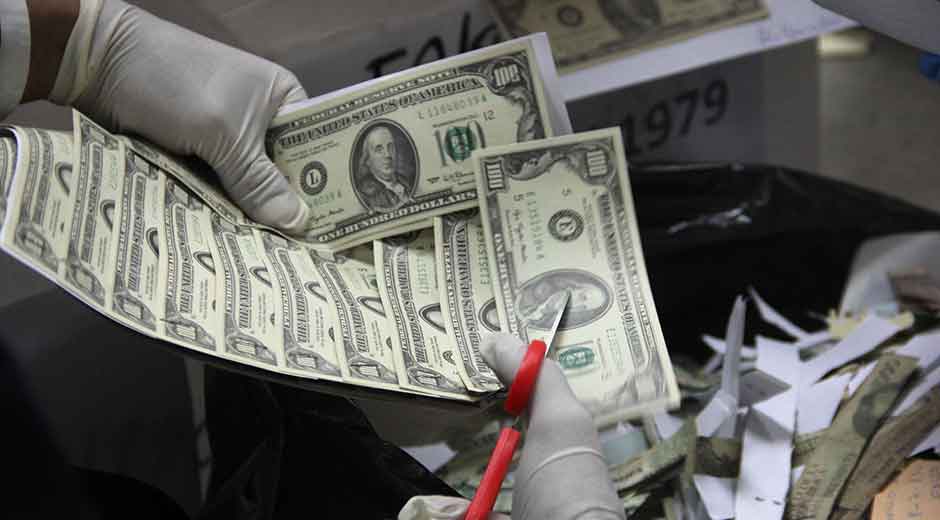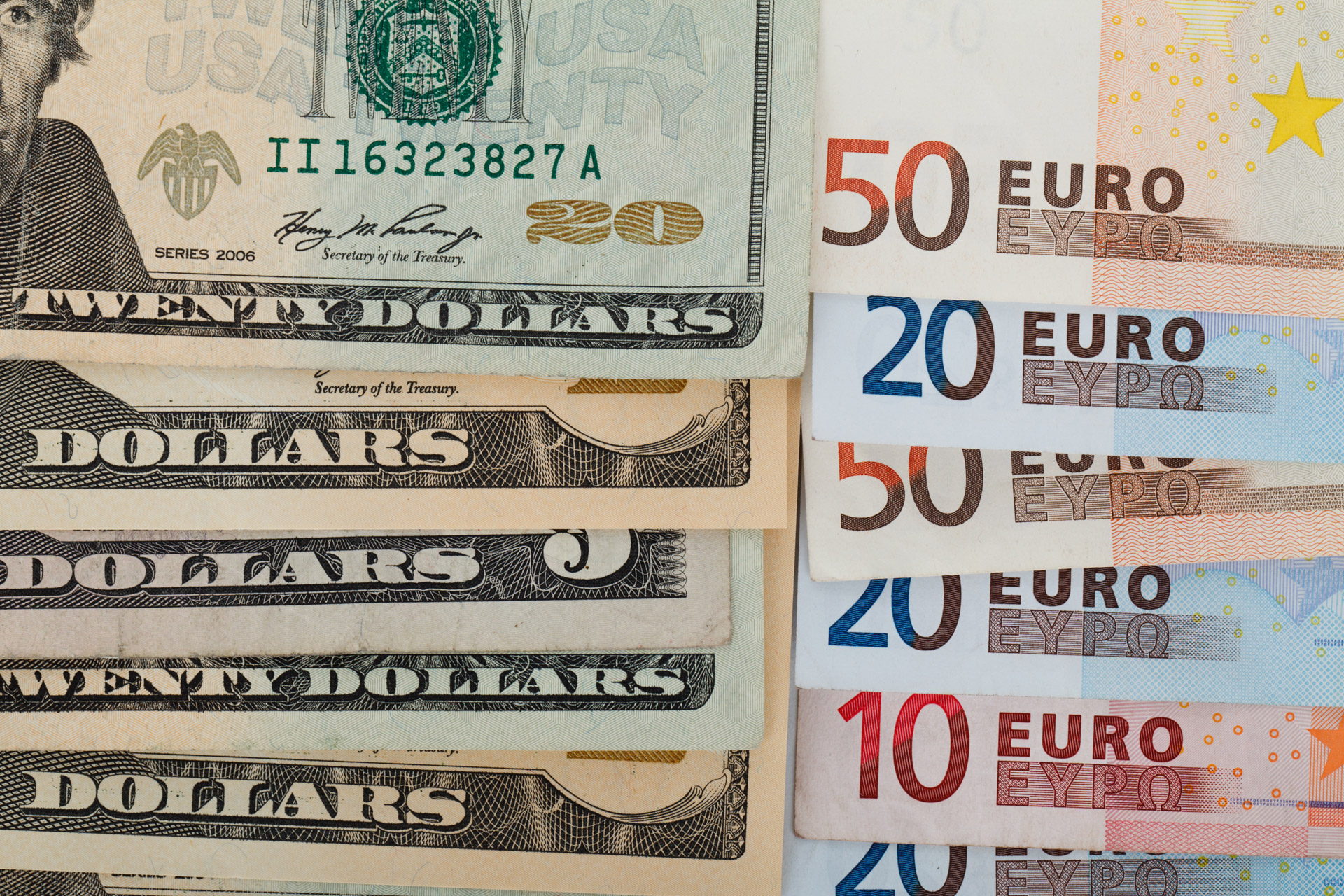 1 min read
1 min read 
The top 10 altcoins lost 8.7% (Binance Coin) to 12.9% (Solana). The total cryptocurrency market capitalization decreased by 8.2% to $ 2.23 billion.
The fall of the first cryptocurrency happened simultaneously with the fall in stock indices and the rise in the dollar. Shares were falling ahead of the decision by the US Federal Reserve, which will be announced on Wednesday night.
The Fed could accelerate the pace of its stimulus cut in half, completing it by March 2022, allowing for several rate hikes next year.
Low interest rates and the Fed's "easy money" policies have contributed to an impressive rally in the stock market this year. Some experts believe that the cancellation of this support could lead to a drop in the markets.
Another risk factor for the markets is the omicronic strain of the coronavirus. On Monday, the UK reported its first death from the omicron strain. New quarantine restrictions were introduced in the country last week.
Volatility and the Fed are undermining Bitcoin's status as a hedge against inflation. Two major accidents this year highlight the risks. BTC fell 50% in nine days in May and then fell another 40% from an all-time high of around $ 69,000 on November 10.
This illustrates why digital gold is nowhere near as viable as real gold to hedge against inflation. Bitcoin is also much less resistant to stock market drawdowns than gold, which is another black mark against it as a defense against inflation.
PlanB analyst predicted the consequences of the bear market, cryptocurrency.tech writes. If we believe that Bitcoin hitting the $ 69,000 mark is the peak of the cycle, then an average bearish crash of 80% would bring the cryptocurrency price down to $ 14,000.
“In addition to the Fed meeting, investors should pay attention to the fact that Bitcoin often makes strong moves on the eve of the Christmas holidays,” said the team of analysts at GravityPlus.

 1 min read
1 min read 
.png)



